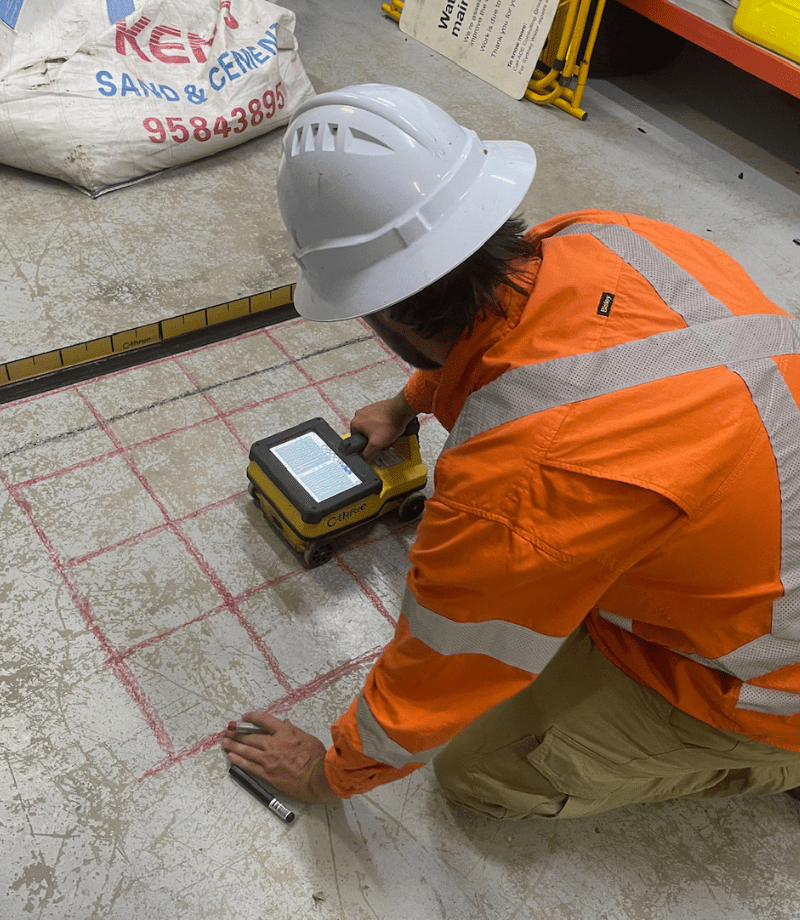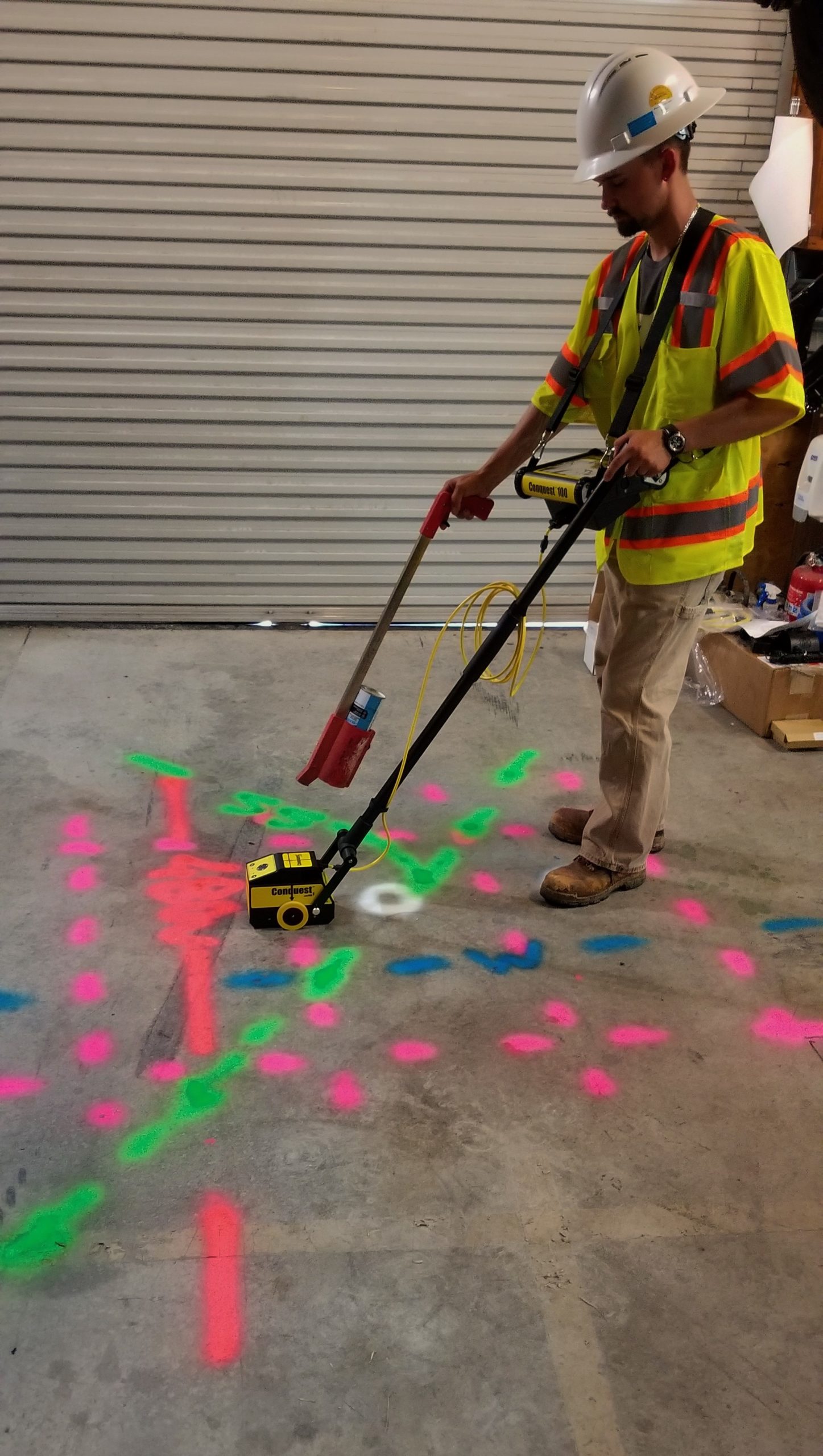Enhancing Project Preparation and Implementation Via Advanced Concrete Scanning Strategies
In the world of job planning and accuracy, foresight and execution are important aspects that can make the difference in between success and problems. Advanced concrete scanning techniques have actually emerged as an advanced tool readied to raise the standards of job management within the construction market. By utilizing sophisticated modern technology, these strategies use a peek right into the structural honesty of a building even prior to the very first block is laid. The ramifications of such advancements are extensive, promising a paradigm change in how jobs are approached and provided.
Advantages of Advanced Concrete Scanning Strategies

Improved Accuracy in Job Evaluations
Enhancing project assessments through innovative concrete scanning strategies dramatically boosts the accuracy and integrity of building assessments. By employing cutting-edge scanning modern technologies such as ground-penetrating radar (GPR) and 3D imaging, job teams can currently get thorough insights into the problem of concrete structures, recognizing possible problems or weaknesses that might not show up to the nude eye. This improved level of precision in job assessments enables construction specialists to make even more educated decisions pertaining to fixing and upkeep techniques, resulting in boosted general task results.
Furthermore, the enhanced precision in job analyses achieved via advanced concrete scanning strategies assists in lessening the risk of unforeseen problems throughout the building stage. By proactively finding covert abnormalities within concrete structures, such as rebar rust or voids, job groups can address these problems at an early stage, staying clear of costly hold-ups and revamp later in the job lifecycle. Inevitably, the enhanced precision in project evaluations assisted in by advanced concrete scanning methods adds to higher effectiveness, cost-effectiveness, and top quality in construction projects.
Early Recognition of Architectural Obstacles
Early discovery of architectural obstacles plays click to investigate a critical role in guaranteeing the stability and safety of concrete structures throughout the building procedure. Recognizing potential problems at an onset allows for timely intervention, protecting against pricey rework, schedule hold-ups, and security threats. Advanced concrete scanning strategies, such as ground-penetrating radar (GPR) and 3D imaging, enable project teams to uncover hidden defects, gaps, support format discrepancies, and other abnormalities that could compromise the framework's security.
By applying these strategies throughout the planning and execution phases, construction experts can proactively resolve structural obstacles prior to they rise right into major troubles. As an example, spotting inadequate concrete cover over reinforcement bars at an early stage can prevent rust and structural weakening in the lengthy run - RainierGPR Service Areas. In addition, recognizing variations in concrete density or density can assist enhance material usage and guarantee uniform toughness properties across the structure
Ultimately, very early identification of architectural difficulties through innovative concrete scanning not just boosts the general quality and durability of my latest blog post the construction yet likewise adds to a safer built environment for residents and users.
Boosted Safety And Security Actions in Building
The execution of durable security protocols is necessary in the building industry to mitigate risks and guard the wellness of workers and stakeholders. To boost safety and security actions, building companies are increasingly taking on technical developments such as wearable tools that check employees' important signs and identify prospective health concerns in real-time. By prioritizing safety through the unification of advanced modern technologies and detailed training programs, building tasks can substantially minimize accidents and create a safe working atmosphere for all involved.
Streamlining Task Management Processes
To enhance operational efficiency and make sure task success in the building sector, a concentrate on enhancing job management processes is crucial. By executing reliable project administration procedures, building tasks can minimize delays, lower costs, and enhance total performance. One crucial aspect of improving task management is the use of innovative technologies such as Building Info Modeling (BIM) software application, which makes it possible for real-time partnership, clash discovery, and accurate project scheduling. Furthermore, the fostering of cloud-based task monitoring platforms allows for seamless communication among group members, immediate access to job information, and the capacity to track progression in real-time.

Final Thought
To conclude, the utilization of advanced concrete scanning strategies supplies countless advantages for job planning and execution. These methods supply enhanced accuracy in task analyses, very early identification of structural challenges, boosted precaution in building, and streamlined project monitoring procedures. Incorporating these approaches right into job workflows can inevitably cause much more successful and effective results in construction tasks.
Eventually, the improved precision in project analyses promoted by innovative concrete scanning methods contributes to higher efficiency, cost-effectiveness, and top quality in building projects. RainierGPR Service Areas.
To maximize operational efficiency and make certain job success in the building and construction market, an emphasis on enhancing project monitoring processes is necessary. By executing reliable project administration procedures, construction tasks can reduce delays, reduce prices, and enhance total productivity. By enhancing task administration procedures via modern technology integration, clear interaction, and data-driven strategies, building tasks can achieve greater effectiveness, cost-effectiveness, and successful end results.
These techniques offer better precision in project evaluations, very early recognition of structural difficulties, boosted safety steps in building, and structured job monitoring procedures.